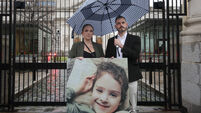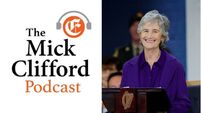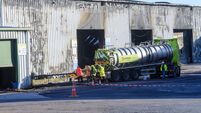Catherine Conlon: A measles outbreak is a matter of when, not if, your children are vaccinated
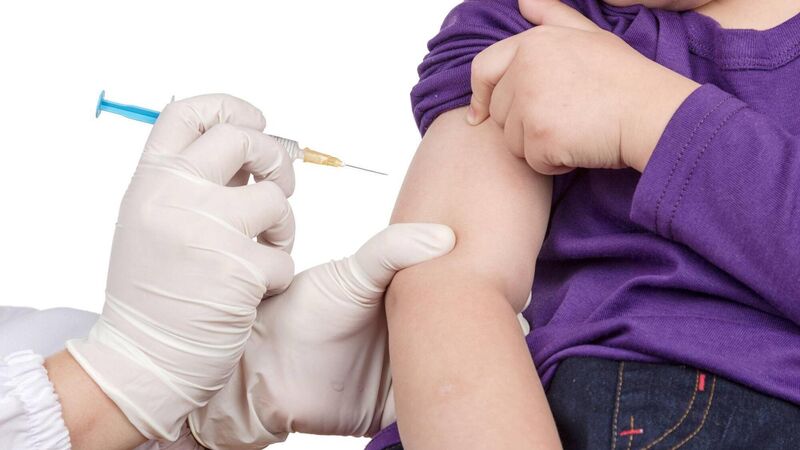
The WHO advise that this resurgence of measles is due largely to a significant fall in vaccine uptake from 2020 to 2022.
When Mark Twain was 12, a measles epidemic swept through his town and, for a time, a child died almost every day.
Feeling like a prisoner in his own house, he decided to visit his friend who was sick with measles. Having decided that life on these miserable terms was not worth living, he escaped to his friend's house where he climbed into bed with him, succeeding in his aim of becoming infected and coming near to dying. His mother, tired of trying to keep him out of mischief, took him out of school and apprenticed him to a printer. And so began the first link in the chain that led him into the literary profession.
Health officials in the UK have declared a ‘national incident’ as measles cases in the West Midlands rose by over 30% in less than a week.
UK Health Security Agency (UKHSA) data released last week reported 198 lab-confirmed cases in the West Midlands and 104 likely cases.
There have also been outbreaks in London, Wales, Yorkshire, and Leicester. Latest government data shows there were 209 laboratory-confirmed measles cases between January and November 2023. This is up from 53 cases in 2022 and 2 cases in 2021.
These figures follow the uptake of measles, mumps, and rubella (MMR) vaccine across the country being at its lowest point in more than a decade. In 2022/23, vaccination of children across the country with two doses was at 84.5% — well below the WHO minimum level of 95% advised to prevent measles outbreaks.
Unbelievably, as few as half of children are reported to have had two doses of MMR in parts of London. Similar low levels are also seen in Liverpool, Manchester, and Birmingham.
In December, the World Health Organization reported a 30-fold rise in measles cases in 2023 in the WHO European Region and advised this alarming rise in cases warrants urgent action. Over 30,000 measles cases were reported by the region’s 53 member states between January and October 2023. Compared to 941 cases in all of 2022, this represents a more than 30-fold rise that has accelerated in recent months, a trend that is expected to continue if urgent measures are not taken across the region to prevent further spread.
"We have seen in the region not only a 30-fold increase in measles cases but also nearly 21,000 hospitalisations and 5 measles-related deaths. This is concerning," explained Dr Hans Henri P Kluge, WHO Regional Director for Europe.
The WHO advise that this resurgence of measles is due largely to a significant fall in vaccine uptake from 2020 to 2022. The covid pandemic undermined childhood vaccination programmes resulting in an accumulation of unvaccinated children. Reported vaccination rates in the EU region for first-dose vaccination fell from 96% to 93% from 2019 to 2020 while second vaccination coverage fell from 92% in 2019 to 91% in 2022. In all, 1.8 million children missed their vaccinations between 2020 and 2022.
"To regain progress towards measles elimination, it is imperative that countries achieve and maintain over 95% coverage with 2 doses of measles-containing vaccine," the WHO warned last month.
Measles is a highly contagious, serious disease. Before the introduction of the measles vaccine in 1963 and widespread vaccination, major epidemics occurred approximately every two to three years and measles caused an estimated 2.6 million deaths a year.
The first sign of measles is usually a high fever, which begins about 10 to 12 days after exposure to the virus and lasts four to seven days. This can be accompanied by a runny nose, cough, red watery eyes and small white spots inside the cheeks. After several days, a rash erupts usually on the face and upper neck. Over about three days the rash spreads, eventually reaching the hands and feet. The rash lasts five to six days and then fades.
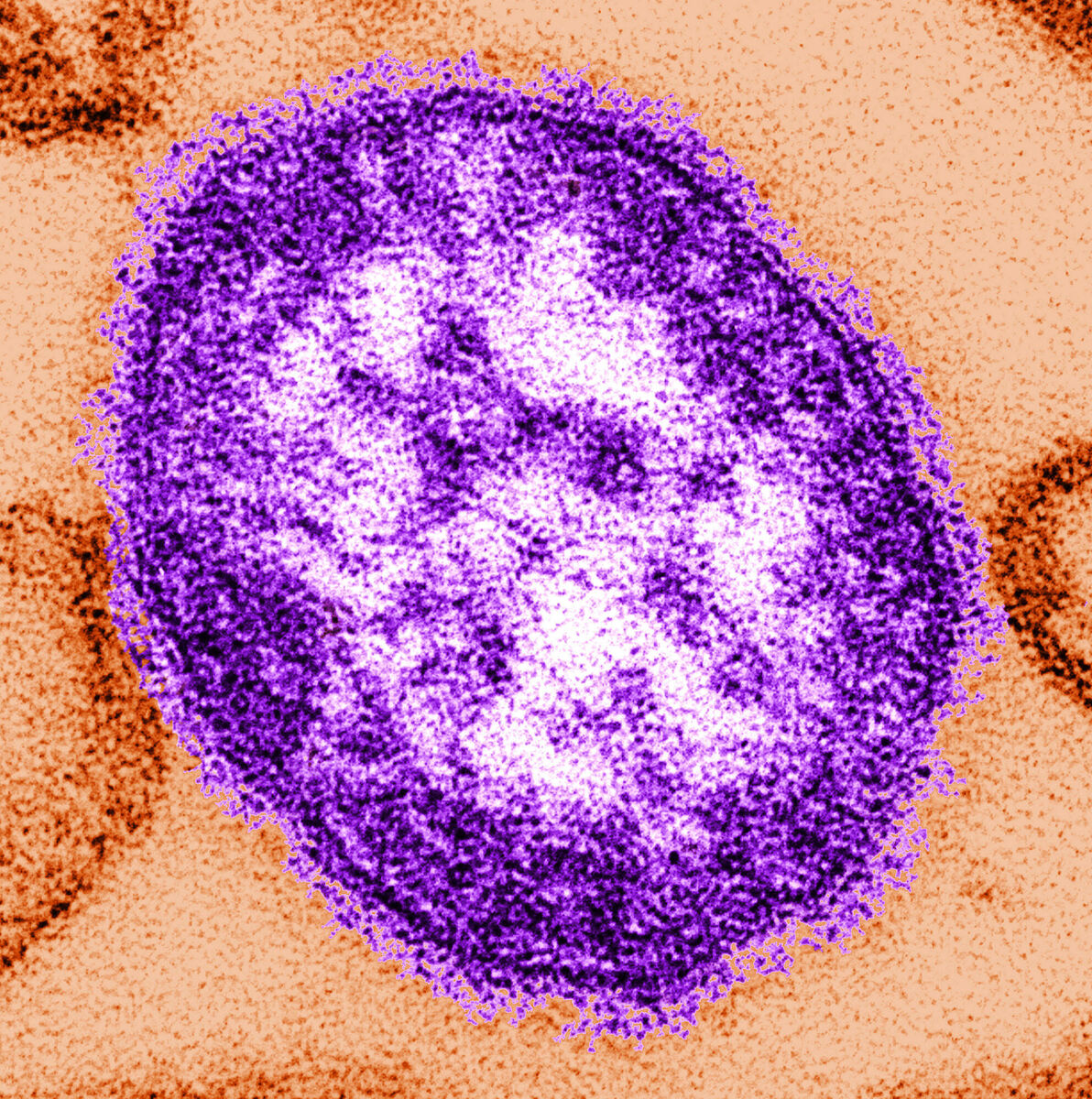
Most measles-related deaths are caused by complications associated with the disease. Serious complications are more common in children under the age of five, or adults over the age of 30.
The Centre for Disease Control and Prevention (CDC) reports that about one in five unvaccinated people who get measles are hospitalised, and one in 20 children with measles gets pneumonia, the most common cause of death from measles in young children.
About one child out of every 1,000 who get measles will develop encephalitis that can lead to convulsions and result in deafness or intellectual disability. One to three of every 1,000 children who become infected with measles will die from respiratory and neurologic complications, the CDC reports.
Measles may cause pregnant women who have not had the MMR vaccine to give birth prematurely or have a low-birthweight baby.
Subacute sclerosing panencephalitis (SSPE) is a very rare but fatal disease of the central nervous system that results from a measles virus infection acquired earlier in life, generally developing seven to 10 years after a person has measles, even though the person seems to have fully recovered from the illness.
Unvaccinated young children are at highest risk of measles and its complications, including death. Unvaccinated pregnant women are also at risk. Any non-immune person (who has not been vaccinated or was vaccinated but did not develop immunity) can become infected.
Measles is one of the world’s most contagious diseases. It is spread by coughing and sneezing, close personal contact or direct contact with infected nasal or throat secretions. The virus remains active and contagious in the air or on infected surfaces for up to two hours. It can be transmitted by an infected person from four days before to four days after the rash appears.
The threat of measles outbreaks extends to Ireland following a drop in the number of parents getting their children the MMR vaccine since before the covid pandemic.
Figures from the Health Protection Surveillance Centre (HPSC) report uptake of the second dose of the MMR vaccine for children in Ireland for 2020/2021 school year was 88%. Uptake for the 2021/2022 school year was lower again at 87%.
"This is down from 91% reported for the 2019/2020 school year," said HSE Immunisation Lead and Consultant in Public Health Medicine, Dr Lucy Jessop.
The uptake rates "are well below the 95% uptake rates recommended by WHO to stop measles transmission and indicate gaps in immunity."
"A booster dose is offered by HSE school vaccination teams when children are in Junior Infants. If a child has missed their MMR vaccine it’s not too late to get protected," said Dr Jessop.
With below-target vaccination rates of children in Ireland post-pandemic and rapidly rising measles circulation in Europe and the UK, the question of a measles outbreak arriving into Ireland is not ‘if’ but ‘when.’ Now is the time to ensure that MMR vaccines are up-to-date and children are protected before an entirely preventable measles outbreak arrives on our shores and wreaks havoc.




